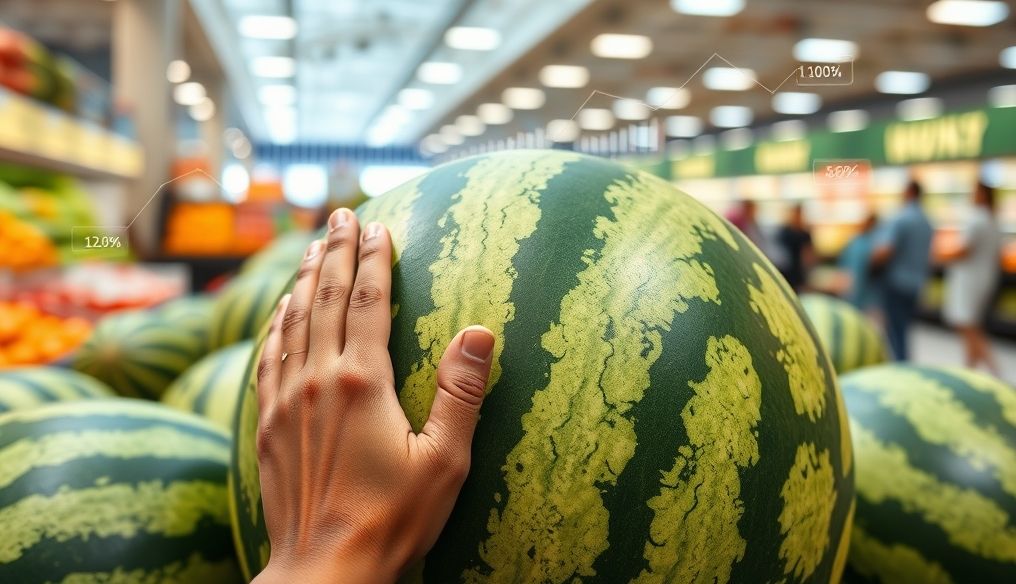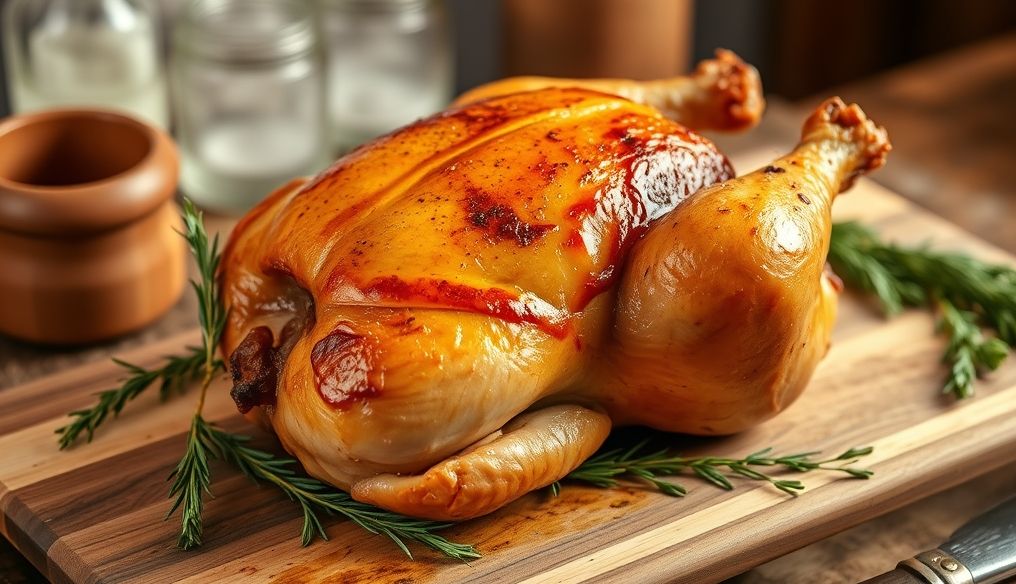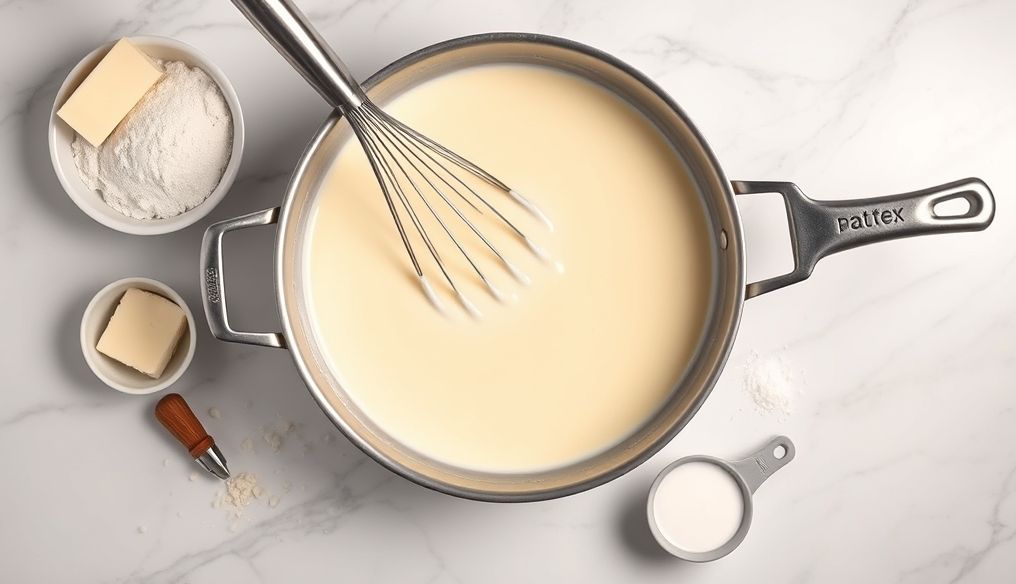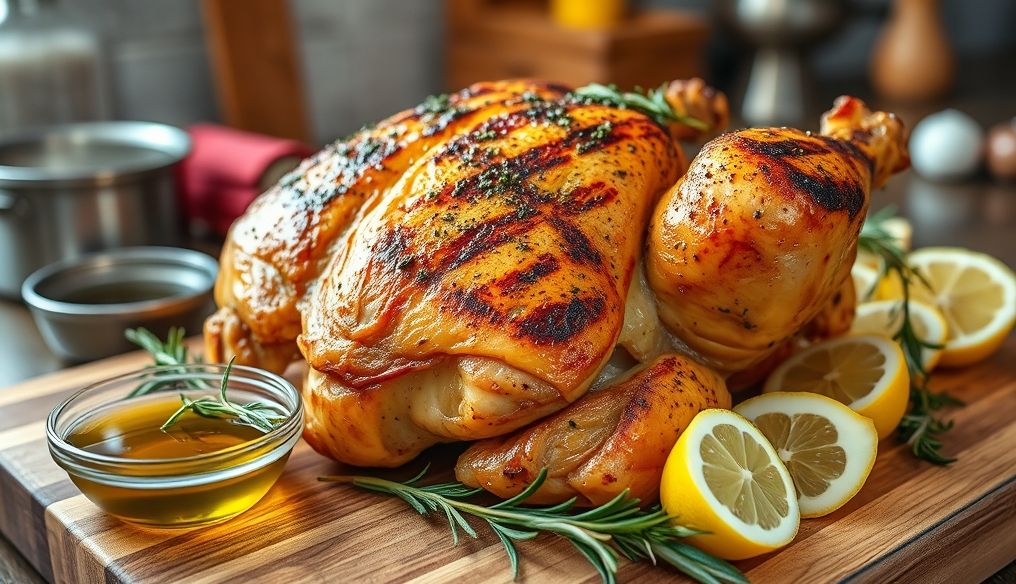Introduction: The Quest for the Perfect Watermelon
Watermelon, a symbol of summer and refreshment, is a beloved fruit for many. But how often do you stand in front of a pile of watermelons, wondering how to choose the one that will be sweet and ripe? Choosing the perfect watermelon isn't always easy, but it's not impossible either. With some knowledge and tips, you can increase your chances of getting a delicious watermelon every time.
Chapter 1: Understanding the Basics of Watermelon Ripeness
What Makes a Watermelon Ripe?
Watermelon ripening is a complex process that depends on several factors, including:
- Time: The watermelon needs enough time on the vine to ripen fully.
- Weather: Temperature and humidity play a crucial role in the growth and ripening of the watermelon.
- Soil: The soil must be rich in nutrients to properly nourish the watermelon.
Initial Signs of Ripeness
Before starting a detailed inspection, look for initial signs that indicate the watermelon might be ripe:
- Consistent Shape: The watermelon should be round or oval in shape, consistently.
- Heavy Weight: The watermelon should be heavier than it looks for its size.
- Dark Color: The rind color should be dark and dull, not shiny.
Chapter 2: Visual Inspection: What to Look For?
The Field Spot: The Secret to Sweetness
The field spot is the area where the watermelon rested on the ground while growing. Look for a field spot that is:
- Creamy Yellow: The spot should be creamy yellow or even orange, indicating that the watermelon spent enough time on the vine.
- White or Green: Avoid watermelons with a white or green field spot, as this means they were picked too early.
Checking the Rind: Color and Texture
Carefully examine the rind:
- Dull Color: The rind color should be dull and not shiny.
- Clear Stripes: The stripes on the rind should be clear and well-defined.
- Rough Texture: The rind should have a slightly rough texture.
Chapter 3: The Sound Test: Can You Hear Ripeness?
The Thump Method: How to Listen to the Watermelon
Thumping the watermelon is a traditional method for determining its ripeness:
- Deep and Hollow Sound: A deep and hollow sound indicates that the watermelon is ripe and full of water.
- Dull or Muted Sound: A dull or muted sound suggests that the watermelon is unripe or overripe.
Interpreting Different Sounds
To improve your sound test skills, try thumping watermelons of different sizes and ripeness to learn the differences in sounds.
Chapter 4: The Weight Test: Is It Heavy Enough?
Weight vs. Size: The Ideal Relationship
The watermelon should be heavy for its size. This indicates that it is full of water and juice, meaning it is ripe.
Comparing Weights: Choosing the Heaviest
If you are choosing between several watermelons of the same size, choose the heaviest one. This increases your chances of getting a ripe and sweet watermelon.
Chapter 5: Other Factors to Consider
Time of Season: When is Watermelon at Its Best?
Watermelons are usually at their best during the summer months, especially in July and August. At this time, the watermelons have had plenty of sun and heat needed for ripening.
Place of Purchase: Choosing the Right Vendor
Buy watermelons from a reputable vendor, such as local farmers or markets that buy directly from farms. This increases your chances of getting a fresh and ripe watermelon.
Chapter 6: Common Mistakes to Avoid
Relying Only on Shiny Color
A shiny rind color does not always mean that the watermelon is ripe. In fact, a shiny color may indicate that the watermelon is not fully ripe.
Ignoring the Field Spot
The field spot is an important indicator of watermelon ripeness. Don't ignore it, and look for the creamy yellow spot.
Pressing on the Watermelon
Pressing on the watermelon can damage it and affect its taste. Avoid pressing on the watermelon during inspection.
Chapter 7: Additional Tips from the Experts
Ask the Farmer or Seller
Don't hesitate to ask the farmer or seller about the watermelons. They often have in-depth knowledge of the watermelons they sell and can offer valuable advice.
Look for Watermelons with Scars
Some scars or marks on the rind may indicate that the watermelon has been exposed to a lot of sun, which may make it sweeter.
Experiment with Different Methods
Don't hesitate to experiment with different methods for choosing watermelons. Over time, you will develop your own style and become more skilled at choosing the perfect watermelon.
Chapter 8: What to Do If You Bought an Unripe Watermelon?
Ways to Speed Up Ripening
If you bought an unripe watermelon, you can try to speed up its ripening by placing it in a paper bag with a banana or apple. These fruits release ethylene gas, which can help speed up the ripening process.
Using Unripe Watermelon in Cooking
Even if the watermelon is not fully ripe, you can use it in cooking. Unripe watermelon can be used in making pickles or added to salads.
By following these tips, you will be better equipped to choose a ripe and sweet watermelon every time. Enjoy the refreshing summer fruit!




